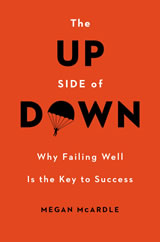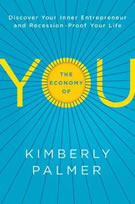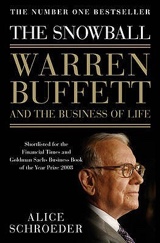 Secret Millionaires Club (SMC) is an animated series about a group of kids learning how to make good financial decisions and solve business problems. Episodes are available online for free. Their mentor is none other than Warren Buffett! Here’s part of a Reuters interview with Buffett regarding his involvement.
Secret Millionaires Club (SMC) is an animated series about a group of kids learning how to make good financial decisions and solve business problems. Episodes are available online for free. Their mentor is none other than Warren Buffett! Here’s part of a Reuters interview with Buffett regarding his involvement.
Q. How do financial literacy and entrepreneurship fit together?
A. Not everybody’s going to be an entrepreneur, but everybody should be financially literate. Financial literacy is a base requirement like spelling or reading or something of the sort that everybody should acquire at any early age. The financial habits you develop when you are young are going to go with you into your adulthood. But you can’t be an entrepreneur unless you’re financially literate.
They also run the annual Grow Your Own Business Challenge (GYOB), a nationwide contest for entrepreneurial kids aged 7 to 14. This year’s finalists included an intergenerational online community, a custom bow tie business, a worm composting kit, and a community garden that also helps feed hungry children. You can watch their pitch videos on YouTube.
After watching a few episodes, they are actually pretty good. The concepts are short (~5 minutes long) and digestible. Here’s the first one:
Starting a tiny business may be the funnest and thus most effective way to teach kids about money. As a parent, I’d much rather do that than give them an allowance and then force them to “save” a certain percentage. (Is it really saving if it’s not optional? Sounds more like a tax.)


 Here is an insightful
Here is an insightful  I’m tired of reviewing stuffy bank products. How about some cool urban furniture instead? I was sent both a Fiery Red Omni and Otto Chair courtesy of Andrew of
I’m tired of reviewing stuffy bank products. How about some cool urban furniture instead? I was sent both a Fiery Red Omni and Otto Chair courtesy of Andrew of  The Best Credit Card Bonus Offers – May 2024
The Best Credit Card Bonus Offers – May 2024 Big List of Free Stocks from Brokerage Apps
Big List of Free Stocks from Brokerage Apps Best Interest Rates on Cash - May 2024
Best Interest Rates on Cash - May 2024 Free Credit Scores x 3 + Free Credit Monitoring
Free Credit Scores x 3 + Free Credit Monitoring Best No Fee 0% APR Balance Transfer Offers
Best No Fee 0% APR Balance Transfer Offers Little-Known Cellular Data Plans That Can Save Big Money
Little-Known Cellular Data Plans That Can Save Big Money How To Haggle Your Cable or Direct TV Bill
How To Haggle Your Cable or Direct TV Bill Big List of Free Consumer Data Reports (Credit, Rent, Work)
Big List of Free Consumer Data Reports (Credit, Rent, Work)